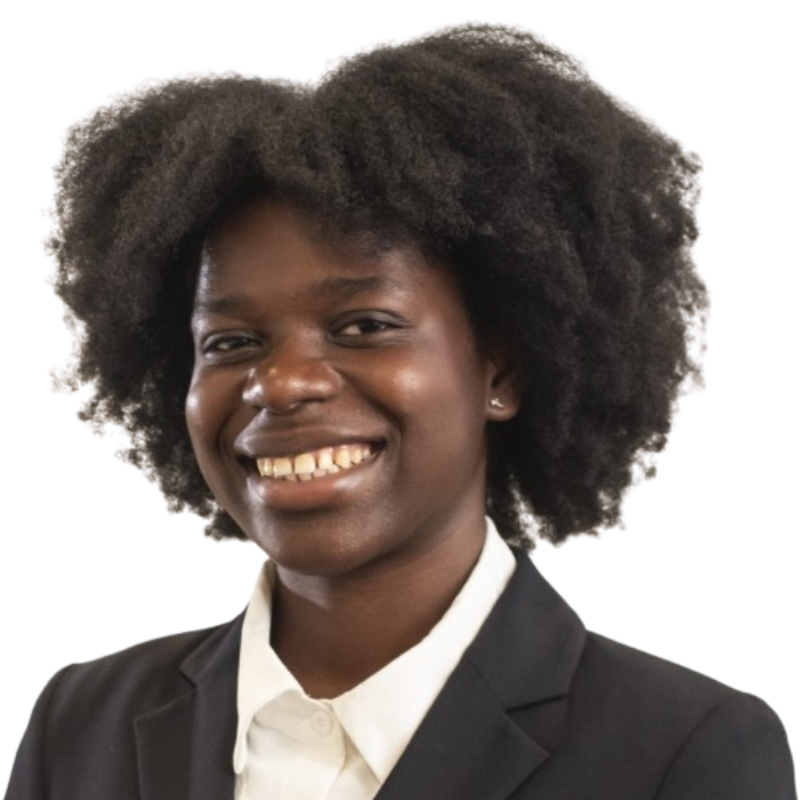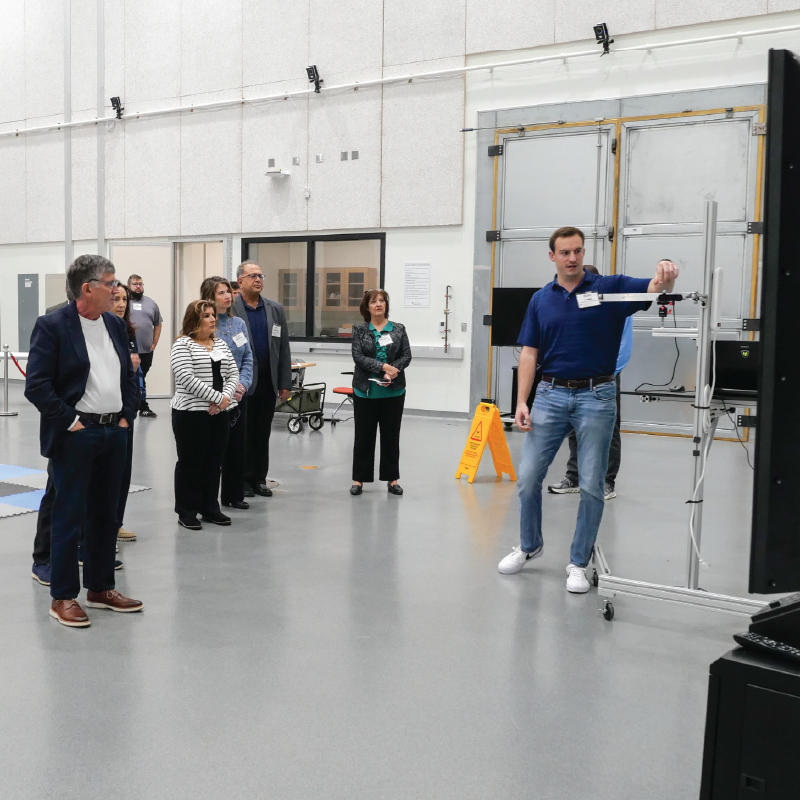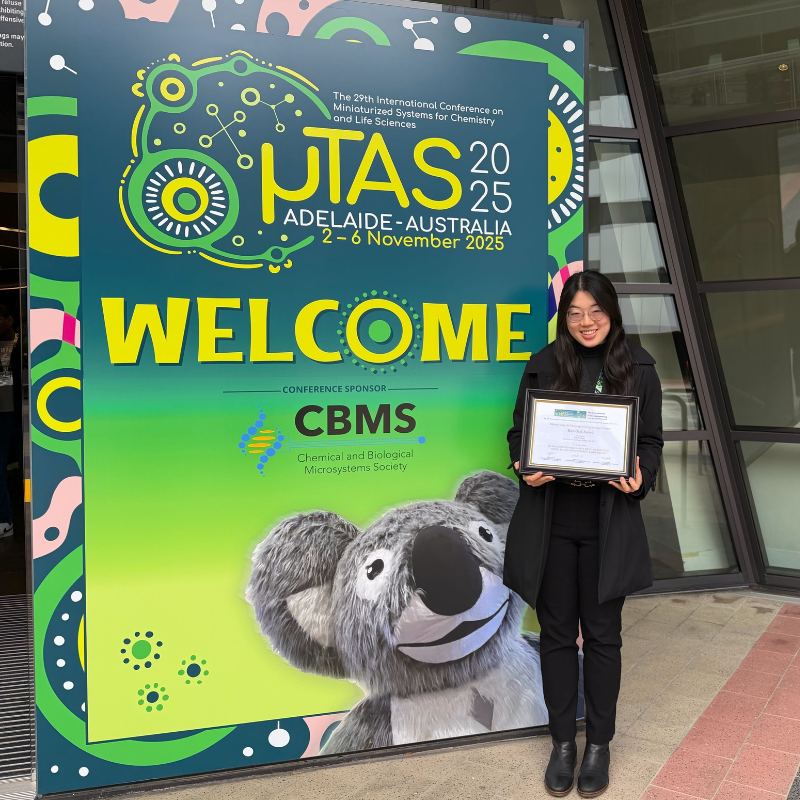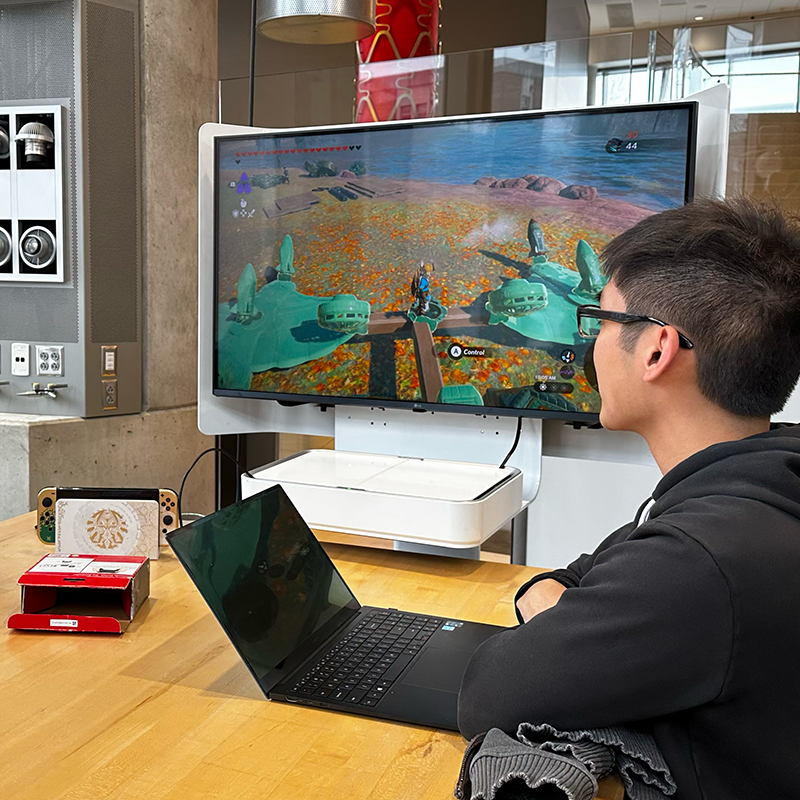News Story
Davis, Smolyaninov developing two-dimensional plasmon microscope
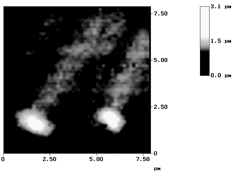
A lithographic technique creates some simple prototype plasmon optics devices, such as plasmon "flashlights" shown here.
Davis, Smolyaninov and their research colleagues are developing a two-dimensional plasmon microscope ideal for imaging living cells that could operate much like a point-and-shoot camera. The new technology would reveal much more detail than existing imaging techniques, improving resolution to around 10 nanometers. Movies might even be possible, since each microscope image is taken all at once, rather than one pixel at a time.
In addition, Scientific American recently selected Smolyaninov as a Research Leader in its 2006 "Scientific American 50" (SA 50) list for his contributions in plasmonics.
The magazine's prestigious annual list honors 50 individuals, teams, companies, and other organizations whose accomplishments in research, business, or policymaking demonstrate outstanding technological leadership. Previous SA 50 selections have included Google founders Sergey Brin and Larry Page; Nobel prize-winning neurobiologist Roderick MacKinnon; and high tech innovator Steve Jobs, CEO of Apple. This year's honorees for research leadership were selected for their contributions in a wide variety of areas, including biotechnology, microelectronics, energy, and genetics research. Read more about this achievement at the Clark School web site.
Published November 2, 2006

